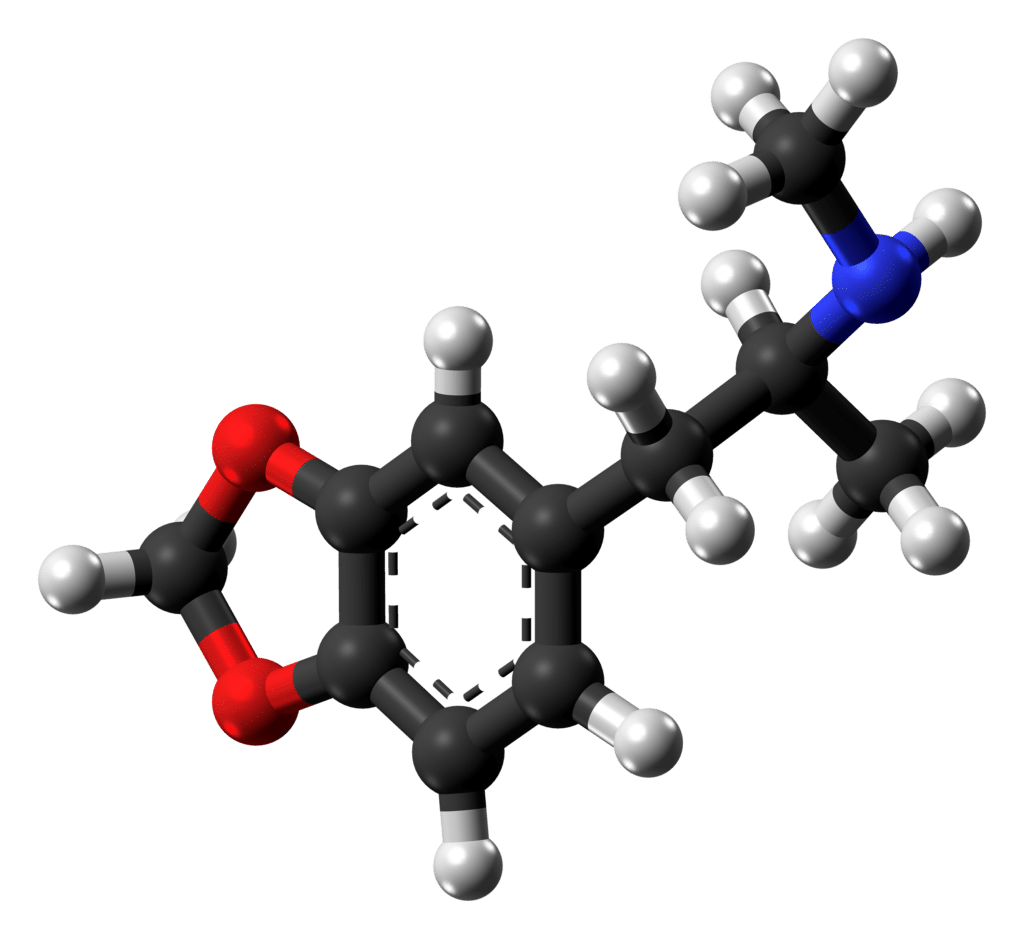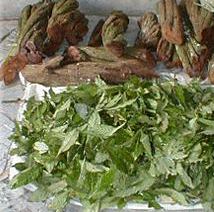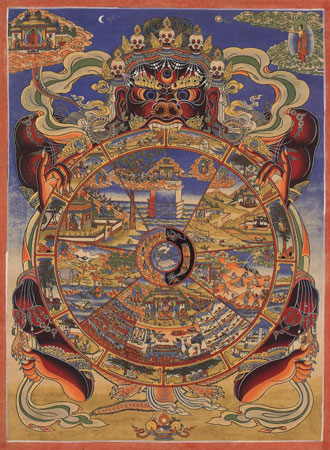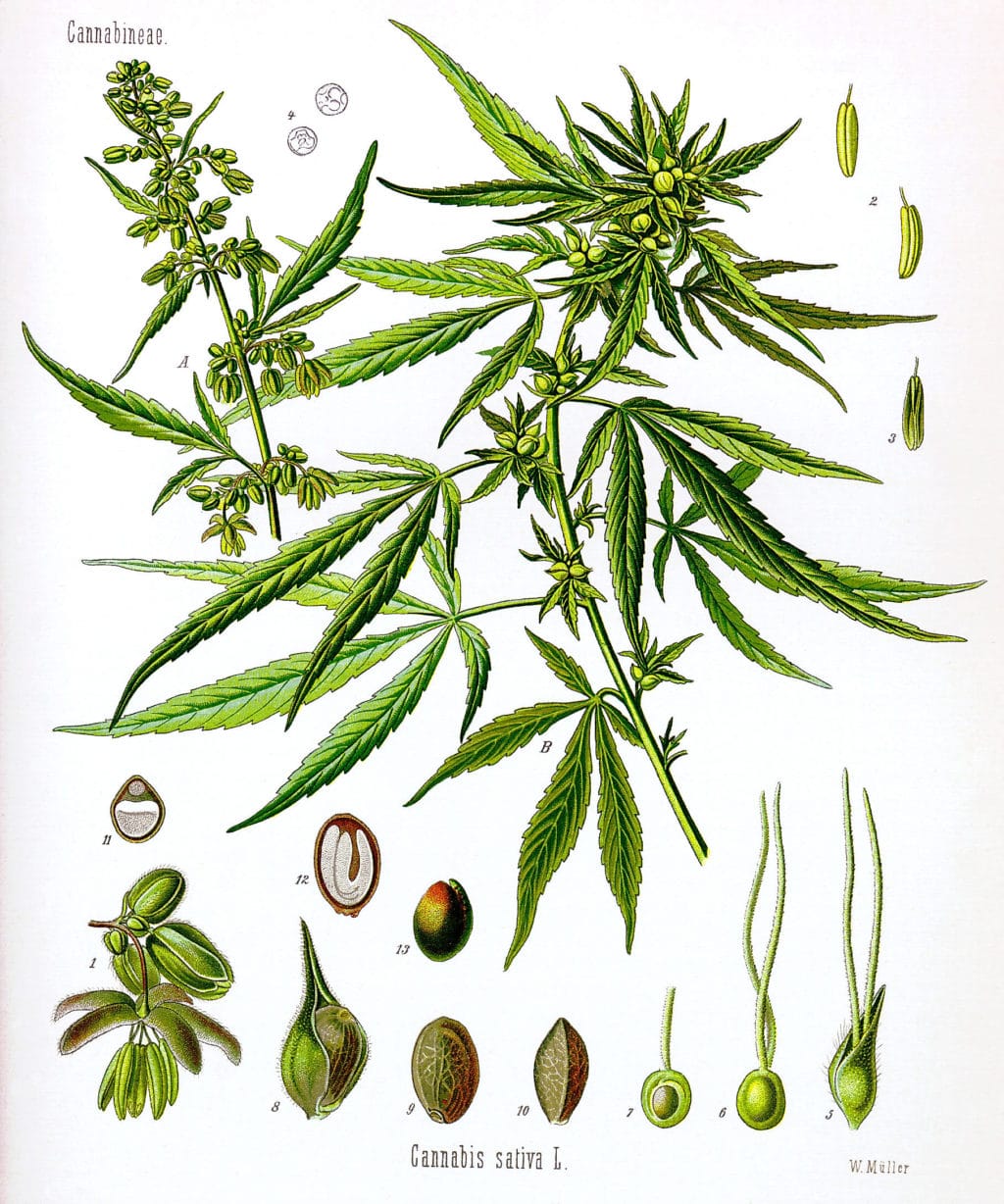
In the previous post: Psychotropic drugs: Chemical and Herbal Medicine for the Mind and Emotions, I began to describe how one goes about choosing the different chemical and herbal pathways available to treat anxiety, depression, PTSD, and other forms of mental and emotional suffering.
In this post we will look into other alternatives, psychotropic medications that are still in a research phase because they are deemed illegal medicines, and why modern medicine and modern psychotherapy have a long way to go before they are accepted culturally.
Psychotropic Medication: Modern and Ancient Medicine for Deep “Hurt”
Previously, I touched on MDMA(ecstasy) and how significant healing is being made with post-traumatic stress disorder from rape, war and child abuse. Here I would like to expand that dialogue to include links to research, personal observations and the psychological and spiritual use of psychedelic plants and chemicals.
Similar healing and research is going on with ayahuasca,  psilocybin, ibogaine, LSD, and other forms of psychedelic psychotropics. These plants and chemicals can treat a range of problems; anywhere from end of life anxiety, severe trauma, severe addiction, and on the other side of the spectrum, personal growth and spiritual awakening.
psilocybin, ibogaine, LSD, and other forms of psychedelic psychotropics. These plants and chemicals can treat a range of problems; anywhere from end of life anxiety, severe trauma, severe addiction, and on the other side of the spectrum, personal growth and spiritual awakening.
These medicines are illegal except in certain research projects going on all over the world. The purpose is to provide a medicine that heals. So many medicines used for PTSD, addiction, depression, and anxiety help but do not heal. We need something more than to “just get us through the night”.
Psychotherapy in conjunction with these medicines has an  important part in healing traumatic experiences. This method was demonstrated in a workshop I attended with Michael Mithoefer,MD who is authorized to do research with MDMA. He and his wife Annie demonstrated their therapeutic approach through a transcript of one session with a man who was severely traumatized in combat during the Iraq war.
important part in healing traumatic experiences. This method was demonstrated in a workshop I attended with Michael Mithoefer,MD who is authorized to do research with MDMA. He and his wife Annie demonstrated their therapeutic approach through a transcript of one session with a man who was severely traumatized in combat during the Iraq war.
In their therapy, they respectfully acknowledge the various parts of their client’s experience as it arises in the MDMA session without judgement or agenda. They trust the medicine and the mind to feel what needs to be felt and “re-member” what needs to be remembered and let go of what needs to go.
For example, they helped this patient to experience the parts of himself by reflecting his feelings, memories, and self judgements back to him from time to time. Like many men or women returning from war they need some one to hear the stories and be in it with them, from the worst tragedies to the deepest of loves and friendships. The many faced parts of our personality need to be seen and heard. This is true in therapy whether you take a psychedelic or not.
These parts of ourselves need a relationship with experienced guides that can keep their feet on the ground and personally have experience with unconscious processes.
“Styles of Imprisonment” 
Gabor Mate’ MD has been researching the use of ayahuasca with severe drug and alcohol addiction in Canada. Here is the transcript from his presentation on that matter. LINK
In Mate’s book on addiction: “Realm of the Hungry Ghosts”, he writes:
“A hurt is at the center of all addictive behaviors. It is present in the gambler, the Internet addict, the compulsive shopper and the workaholic. The wound may not be as deep and the ache not as excruciating, and it may even be entirely hidden — but it’s there.”
“The aching emptiness is perpetual because the substances, objects or pursuits we hope will soothe it are not what we really need. We don’t know what we need, and so long as we stay in the hungry ghost mode, we’ll never know.”
In the Realm of the Hungry Ghosts, Gabor Mate’
Mate uses the image of the hungry ghost to describe the problem of addiction. This image comes from Buddhist psychology to explain six different styles of hell we get caught in as human beings.
For example the hungry ghost is insatiable. He has a long skinny neck and a huge belly, he cannot get enough down his throat fast enough. We have all felt this kind of craving in varying degrees depending on the “hurt” and our relationship with it.
Buddhist psychology defines six hell realms, states of mind, that we can get stuck in. Chogyam Trungpa describes them as “styles of imprisonment”. We can experience all six of these hell realms throughout our lives but we can also find how we tend to gravitate toward one or the other. These styles of imprisonment act as protection from “hurt” and “wounds” that have yet to be acknowledged and expressed thoroughly.
A brief explanation to get a feel for the “Styles of Imprisonment”
The God Realm: Self Absorption “The realm of the gods is…manufactured out of hope and fear. The fear of failure and the hope of gain. The fundamental occupation of the god realm is mental fixation, a meditative absorption of sorts, which is based upon ego, upon the spiritually materialistic approach.”
The Jealous God Realm: Paranoia “if you try to help someone in this realm they interpret your action as oppression and if you decide not to help them, they interpret that as a selfish act. If we present both alternatives to them they think you are playing games with them.”
The Human Realm: Passion, “Passion in this sense is an intelligent kind of grasping in which the logical reasoning mind is always greed toward the creation of happiness.”
The Animal Realm: Stupidity, “The animal realm is associated with stupidity: that is, preferring to play deaf and dumb, preferring to follow the rules of available games rather than redefine them.”
The Hungry Ghost Realm: Poverty, “in this realm one is preoccupied with the process of expanding, becoming rich, consuming. Fundamentally, you feel poor. ….there is always some sense of inadequacy.”
The Hell Realm: Anger, “This aggression is based on such a perpetual condition of hatred that one begins to lose track of whom you are building your aggression toward as well as who is being aggressive toward you. There is a continual uncertainty and confusion.”
Buddhist hell realms,Styles of Imprisonment, Chogyam Trungpa’s, “The Myth of Freedom”
Trungpa, The Myth of Freedom, pp. 18-40
What can I do?
We can name the styles of imprisonment that we gravitate toward.
We can notice when they come up or, are they always present?
We can notice how they are triggered? or What situations make them more predominate?
We can express the hurt, confusion and disappointments that are hidden under these old styles of protection that have now become suffocating.
We can trust our body and mind to heal with or without a psychedelic, either way we still need to do the work and suffer the underlying hurt.
Here is the link to support or participate in research being done legally through a trained MD using psychedelic medicines and cannabis.
My personal experience with patients that use these plants and chemical medicines for healing is significant. I find that it speeds the healing process of psychotherapy. It opens them to the healing that is beyond the “styles of imprisonment”.
For example, we see this very distinctly in the new cannabis  culture. With legal medical cannabis in many states and the legalization of cannabis in others, we see a huge gap in the way cannabis is used. At one end of the spectrum, cannabis is healing many psychological and physical problems. At the other end of the spectrum, cannabis provides a way of escaping into and fortifying these six “styles of imprisonment” instead of dissolving them. This is the addiction part of the self.
culture. With legal medical cannabis in many states and the legalization of cannabis in others, we see a huge gap in the way cannabis is used. At one end of the spectrum, cannabis is healing many psychological and physical problems. At the other end of the spectrum, cannabis provides a way of escaping into and fortifying these six “styles of imprisonment” instead of dissolving them. This is the addiction part of the self.
It is through the hurt, the traumas, and the despair that we are freed from these “styles of imprisonment”. Psychedelic psychotropics, in depth psychotherapy, meditation and shamanism are medicines for this hurt. We can choose to use these medicines for healing and spiritual evolution in a safe, nurturing context with like-minded people.
Mind expanding plants and medicines are able to heal, as they have for thousands of years. Now we are at a place of bringing these medicines into the present culture. I am optimistic that these medicines will be implemented because it is cost effective not because it helps. Plant medicines and the ancient healing methods are gradually coming together with modern culture and science. This is important. It is an interesting time.
Gabor Mate’: “how can humans be humanized…?”
